Recent scientific research has supported what contemplative practices have known for hundreds and even thousands of years that opening awareness to the signals of the body is a window to wisdom.
This wisdom, this source of deep knowing from our internal world, also connects us with empathy for the internal world of others.
Dr Daniel J. Siegel
Professor of psychiatry at UCLA School of Medicine,
Executive Director of the Mindsight Institute
A Rockpool book
PO Box 252
Summer Hill
NSW 2130
Australia
www.rockpoolpublishing.com.au
http://www.facebook.com/RockpoolPublishing
Belling, Noa, author.
The mindful body / Noa Belling.
978-1-925682-18-2 (paperback)
Mind and body.
Mindfulness (Psychology).
First published in 2018
Copyright Text Noa Belling 2018
Copyright Design Rockpool Publishing 2018
Cover and internal design by Seymour design
Illustrations by Marcella Cheng
Typesetting by Graeme Jones
All rights reserved. No part of this publication may be reproduced, stored in a retrieval system, or transmitted in any form or by any means, electronic, mechanical, photocopying, recording or otherwise, without the prior written permission of the publisher.
The author of this book does not dispense medical advice or prescribe the use of any technique as a form of treatment for physical or mental problems without the advice of a physician, either directly or indirectly. In the event you use any of the information in this book, neither the author nor the publisher can assume any responsibility for your actions. The intent of the author is only to offer information of a general nature to help in your quest for personal growth.
In this book there are descriptions of personal experiences to illustrate different aspects of the material being presented. The particulars of individuals have been changed in order to protect the confidentiality of clients, workshop participants and students. Any names used are purely fictional.
C ontents
Chapter 10  Mindful Body Moving:
Mindful Body Moving:
The life skill of natural movement
F oreword
E verybody has a body. Everybody is a body. A dictionary definition of body is the main or central part of anything. In her method of positioning our bodies as a central part of our healing and our ongoing wellbeing, Noa Belling has joined the ranks of an increasing majority of doctors, therapists, counselors, and educators who include and integrate our physical selves into the theory and practice of increasing human potential.
Back in the 1970s, when I was getting started in this field as a dance therapist and bodyworker, the idea that our physical health was closely related to our emotional or cognitive health was a fringe belief. Western medicine practised in an almost completely separate location to psychotherapy, which in turn practised in territories largely distant from physical education. The idea that there was a bi-directional influence between how you moved and your emotional, cognitive, and relational wellbeing, was largely relegated to New Age crackpots.
Over the years I have watched and marveled as our location at the fringe has been migrating towards the centre, to the point where, now, two decades into the 21st century, the assumption of body/mind integration has landed in the mainstream. Physicians are getting some of their most powerful results from the practice of behavioural medicine, a field that urges people to exercise to address mild-to-moderate depression, to notice that what they eat affects not only their blood sugar but their mood, and to ward off cognitive decline by dancing and hanging out with friends.
In the fields of psychotherapy and counseling, similar shifts have occurred. Psychotherapists and counselors began to identify the limitations of Freuds Talking Cure. They have noted that discussing ones past, to gain insight in the hope of producing therapeutic change, yielded poor outcomes or only modest results. This was often after patients had spent years and many thousands of dollars on therapy. These same psychotherapy and counseling professionals began to notice that their clients wellbeing improved when the therapy became more experiential, by directly feeling and processing emotions during sessions, for instance, as well as seeing their clients bodily sensations as another voice trying to be heard. Also, forming a bond with their patients increased the likelihood of their patients feeling secure enough to seek change.
Research, particularly in the field of neuroscience, has yielded dramatic breakthroughs in re-centralising the lived experience of the body in current culture. Many studies have demonstrated that our brains read our bodies in order to organise feeling, thinking, and behaviour; body memory lies at the base of much of our dispositions, attitudes, and feelings; and our bodys posture, gestures and movements influence how we appraise stimuli and how we respond to them. Clearly, the time has come to move on from outdated beliefs that the mind and body are separate systems.
Noa Bellings book, The Mindful Body, clearly, gracefully, and articulately assists us to heal and thrive. Divided into eleven parts, the book deftly weaves together research and theory from multiple disciplines, with integrative ideas and accessible practices. In reading the book, we learn to see our lives and our relationships as embodied experiences, and have ongoing opportunities to feel that embodiment directly as we read. The themes of the book include decision-making, confidence, relationships and zest for life, and they immediately apply to our daily experiences. The Mindful Body practices help us to respond to the book directly. While scaffolded with research, the flesh and blood of the book speaks to how we can move more purposefully and productively in our world.
An example of this is Noas recurring emphasis on what emotions are, where they come from, and how we can work with them to lead happier lives. Looking through multiple lenses (such as early childhood development, brain structure and chemistry, trauma theory, and social neuroscience), we can see that emotions begin to organise prenatally, that they begin to operate before we are consciously aware of them, and that they are designed to motivate and guide most of our actions, through the moving body. We now know, through these same disciplines, that emotions are frequently shared with others, that regulating emotions can be a social and personal event, and that emotional resiliency is bound with self efficacy, physical health, and loving kindness.
Working from this integrated perspective requires a nuanced and broad set of strategies. One of the strengths of The Mindful Body is its use of practices, which span from ancient wisdom traditions to current activities, and the wide array of exercises from the disparate fields of biofeedback, acupressure, dance therapy, meditation, Yoga, somatic psychology, traumatology, dreamwork, and various forms of visualisation. Of particular note is Noas emphasis on natural movement, where attending to inner body states is combined with conscious movement responses that emerge and inform us. Movement may be the key here the movement of our body, our emotions, and our thoughts, in ways that keep us engaged, regulated and relational.

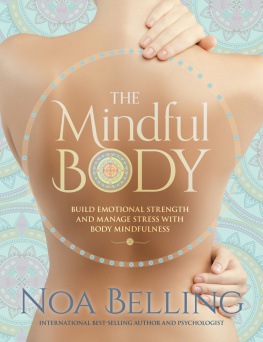
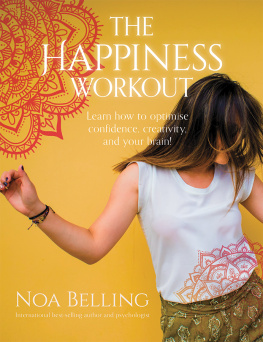
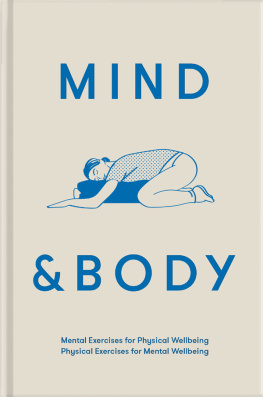
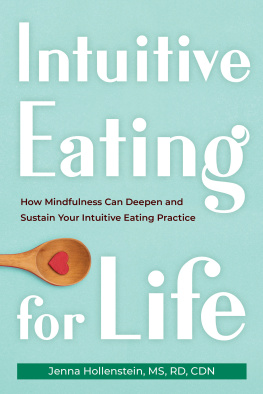
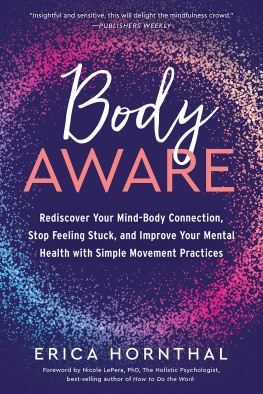
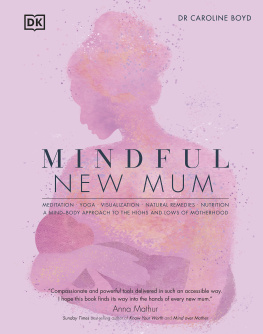
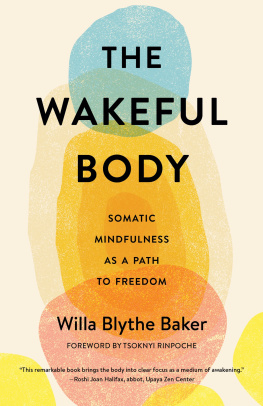
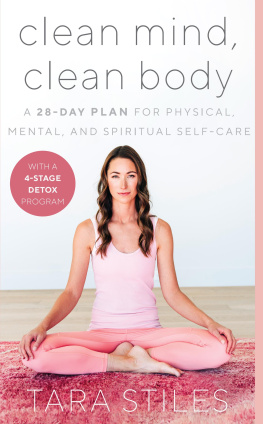
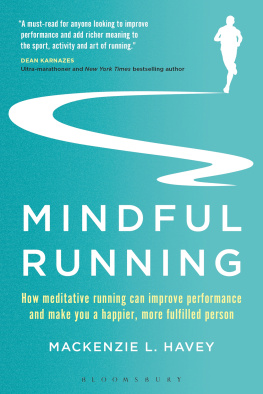


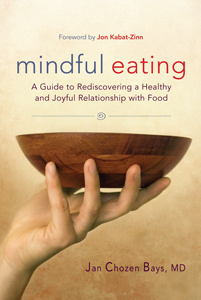
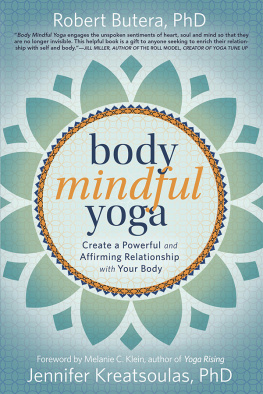




 Mindful Body Moving:
Mindful Body Moving: